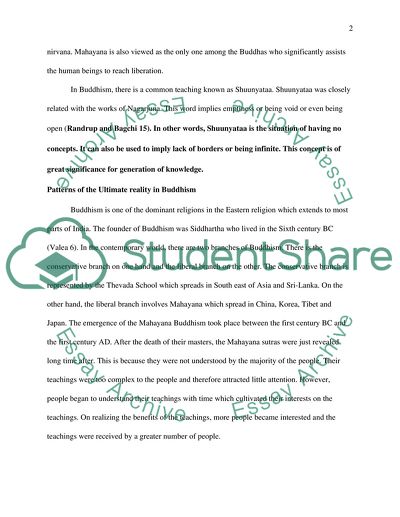Cite this document
(“Ultimate Reality of Mahayana Buddhism Research Paper”, n.d.)
Ultimate Reality of Mahayana Buddhism Research Paper. Retrieved from https://studentshare.org/philosophy/1751253-emptiness-the-ultimate-reality-of-mahayana-buddhism
Ultimate Reality of Mahayana Buddhism Research Paper. Retrieved from https://studentshare.org/philosophy/1751253-emptiness-the-ultimate-reality-of-mahayana-buddhism
(Ultimate Reality of Mahayana Buddhism Research Paper)
Ultimate Reality of Mahayana Buddhism Research Paper. https://studentshare.org/philosophy/1751253-emptiness-the-ultimate-reality-of-mahayana-buddhism.
Ultimate Reality of Mahayana Buddhism Research Paper. https://studentshare.org/philosophy/1751253-emptiness-the-ultimate-reality-of-mahayana-buddhism.
“Ultimate Reality of Mahayana Buddhism Research Paper”, n.d. https://studentshare.org/philosophy/1751253-emptiness-the-ultimate-reality-of-mahayana-buddhism.


